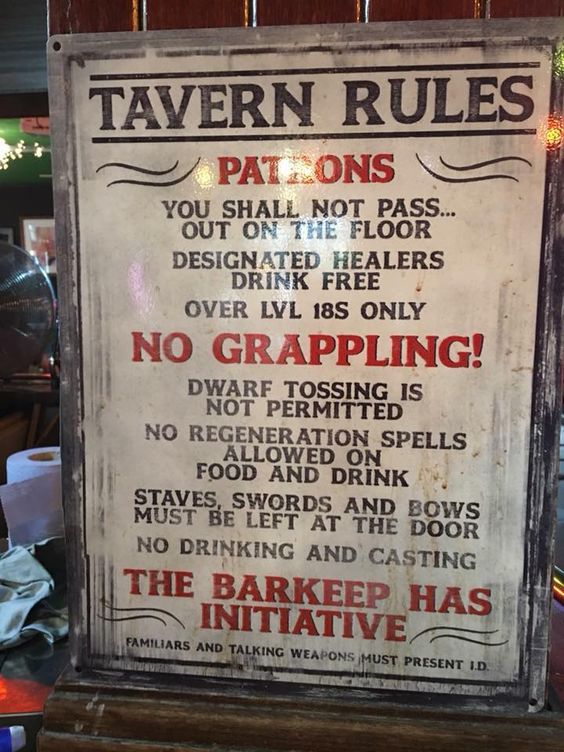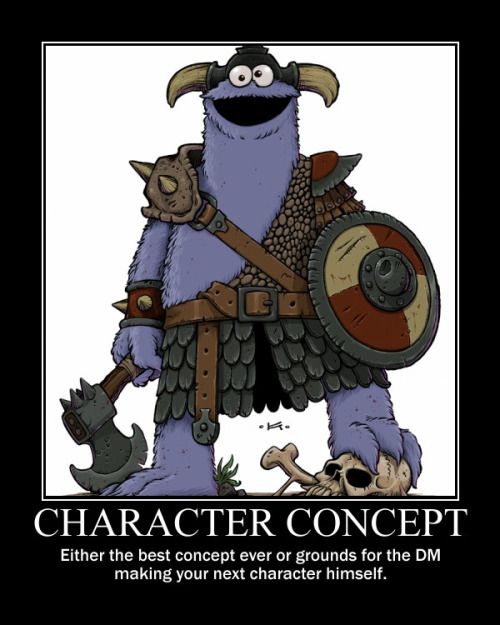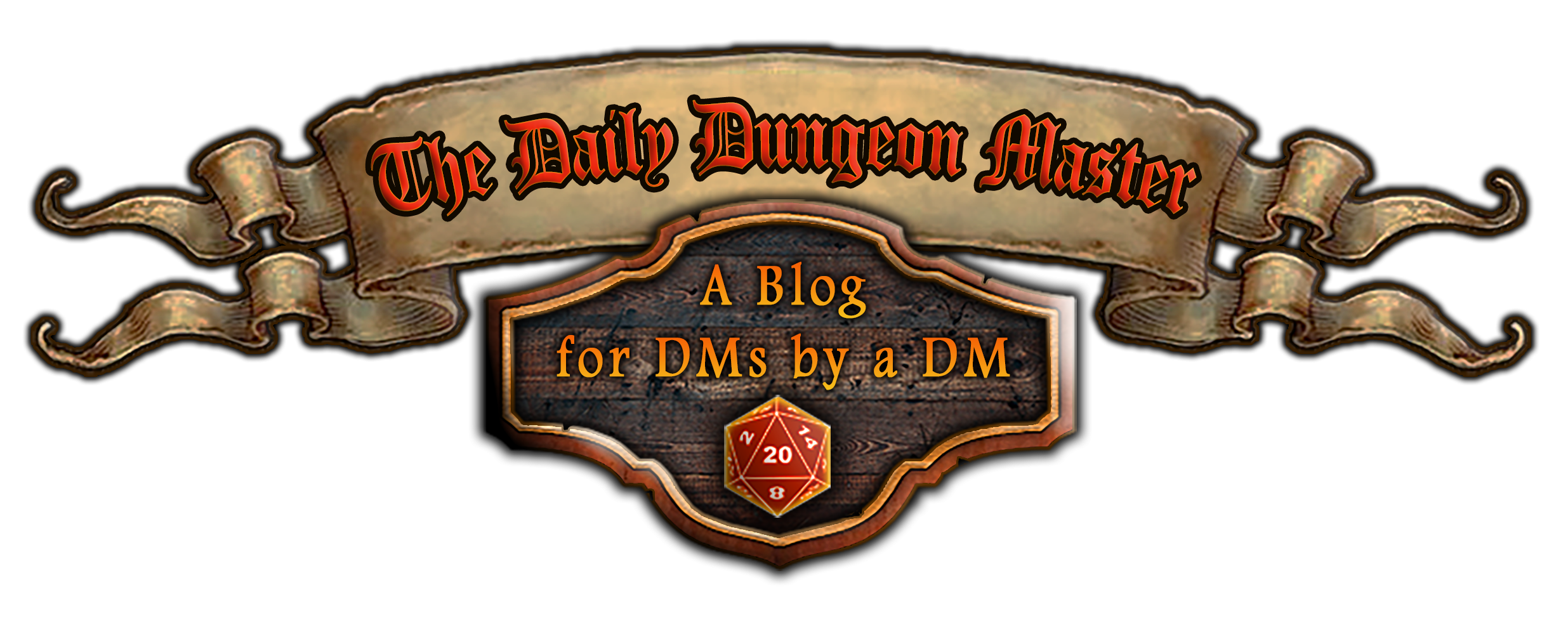Hello everyone! In this week’s installment of How To DM, I’d like to talk about everyone’s favorite controversial subject – roleplaying.
You have one player who likes to roleplay his half-drow assassin’s abiding – but ultimately doomed – love interest with a dwarf paladin. Another considers his gruesome coup de grace descriptions the only roleplay that matters. The idea of what is or isn’t good roleplay is so subjective as to be nearly impossible to quantify, and we probably have widely different definitions even within our own group.
Then we have those players who are shy, or worried that they’ll do something “wrong”, or just simply don’t know what “roleplaying” means? The last two points I find very common in players who are new to the hobby.
So how do we handle all this as a DM? How do we promote this integral part of our cooperative hobby in a way so everyone is having fun without forcing them?
So, let’s talk about roleplaying in this week’s How To DM!
Set Boundaries Early: If you ask 100 gamers, I’m sure you’ll get 100 different answers on what “good” roleplay is, but I think we can all agree on some common examples of “bad” roleplay:
- Roleplay that makes other players uncomfortable or forces them to participate in something they don’t want to be involved in. I call this syndrome “D&D After Dark”, and it certainly isn’t appropriate unless everyone in the group is on board.
- Roleplay that causes strife or hard feelings within the group. Not necessarily between characters – that can sometimes lead to some really interesting and fun things – but hard feelings between players. In-party theft, PvP combat that isn’t mutually agreed upon…these are fine examples of ways to swiftly bring ruin to a group.
- Roleplay that hogs all the spotlight, demands all the DM’s attention, and never lets anyone else get a word in edgeways. This type of roleplay reduces the rest of the players to mere witnesses to one player’s story, and who wants to essentially watch one guy play D&D?

The utterance of “It’s what my character would do” can be the voice of doom to your group. In simplest terms, no player gets to ruin everyone else’s fun – yours included.
A strong Session 0 can help set expectations and establish clear boundaries of those things that simply won’t be tolerated. Establishing these boundaries early, and letting everyone voice their opinions, can save everyone a lot of trouble later on.

Let Them Lead You: Sometimes we don’t have the benefit of knowing our players beforehand. Take some time in the first few sessions to test the waters a bit. You’ll soon know what type of roleplay they’re interested in, and how experienced they are.
And absolutely do not – I can’t possibly stress this enough – do not impose your own subjective ideas of what “good” is roleplay on your players. Do not demand they roleplay at all. As I mentioned in last week’s post about Session 0’s, this is not your game. The game – the story – belongs to the entire group. Mess with that at your peril.
Encourage Good Roleplay By Giving Inspiration: I think the Inspiration mechanic is an excellent way to encourage and reward players for acting more “in character”. Most players enjoy mechanical advantages. If a player just wants to roll Persuasion to convince the guard to allow the group to pass, then I certainly allow it. Like I said earlier, some players need time to “warm up”. However, I always give them an opportunity to tell me exactly “how” they are going to convince that guard. A plausible argument or action might earn them an Inspiration die to help out – particularly if it’s a skill their character isn’t particularly good at. I find this helps fight the “A Team Syndrome” where one player is the Face, another is the Smart Guy etc… And, quite often, once the more shy or inexperienced players see how this works in my games, they start to open up and give it a try.

Ground Their Characters in Your World: How many roving bands of The Magnificent Seven are there in the world ready to cause mayhem? Not every player (again particularly new players) is going to come to our tables with a four page backstory. I’ve found doing the following really helps:
- Give them a place. Perhaps their family has a farm, or a business in town? Certainly they have family and friends. Clerics and Paladins have a temple, or at least belong to some kind of hierarchy. Barbarians have the tribe or clan. If the player hasn’t given it much thought, design something for them, and then ask if that’s ok. You don’t want to dictate a character’s backstory, but sometimes a little nudge gets their creative juices flowing. Not only does this fight the stereotypical “I’m-a-lone-wolf-whose-family-was-murdered-by-[insert monster type here]” character, providing a framework for their characters’ lives also gives you more material to work with!
- Let them tell you. I’m bad about having an NPC walk up to a character and start talking. “This guy has known you for a long time. Who is he?” Now you have to be careful not to put someone on the spot who might be made uncomfortable, but, again, I’ve found that allowing players to have some influence over the game in this way can really lead to some interesting places. We as DM’s though have to be prepared to be flexible over whatever answer we get!
- Give them downtime. Consider spreading out your adventures a bit more to give the characters time to handle their “normal” lives. Dealing with a downturn in the family business, or a bad harvest can also lead to interesting places. If it goes well, you might want to consider adding in a resource management element as a sort of mini-game. And let it impact the characters in a meaningful way. Perhaps they earn some extra money. Maybe their reputation improves with a group.
The more we build, design, and support the characters’ personal worlds just like we do our larger worlds, the more likely the players are to become invested.
Let Them Retcon: Sometimes a player will ask to change something about their backstory because a really cool idea just occurred to them. If it’s just a cool cosmetic change, or if it’s something I can use to make things interesting, I always allow it. Why not? Such a change either really has no impact (other than to make the player happy – which we want, right?), or I have more material to work with. It’s a win-win either way.
What tips, tricks, and advice do you folks have? Put them in the comments below, so we can all share in the info. Thanks for reading, and we’ll see you next week for another installment on How To DM!
Discover more from The Daily Dungeon Master Blog
Subscribe to get the latest posts to your email.

